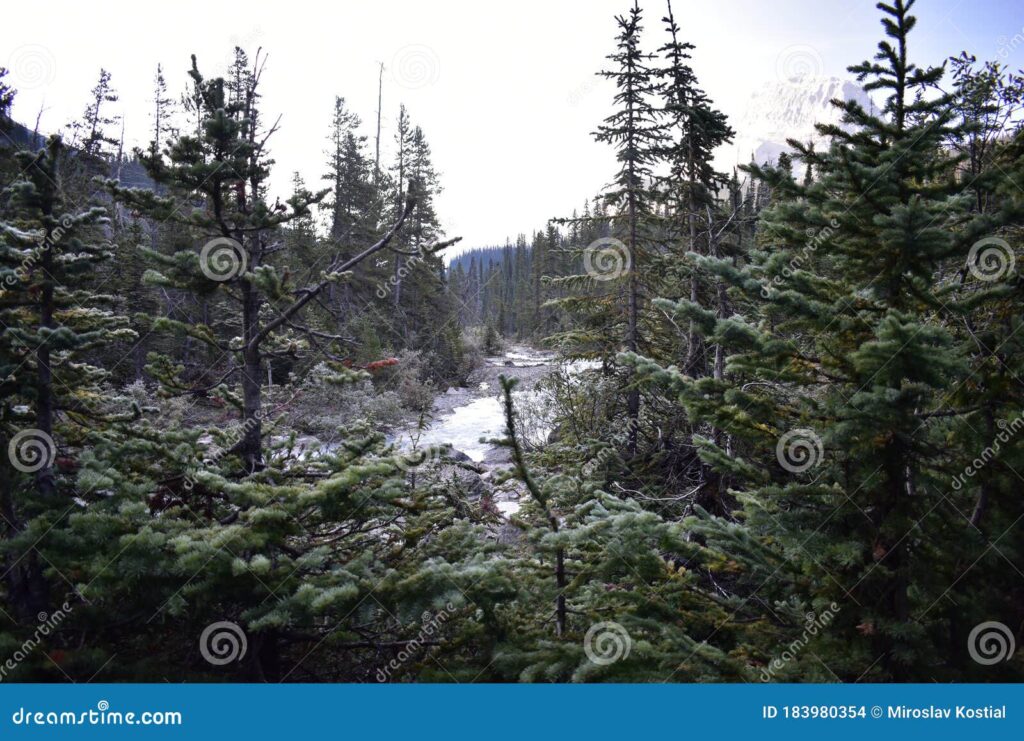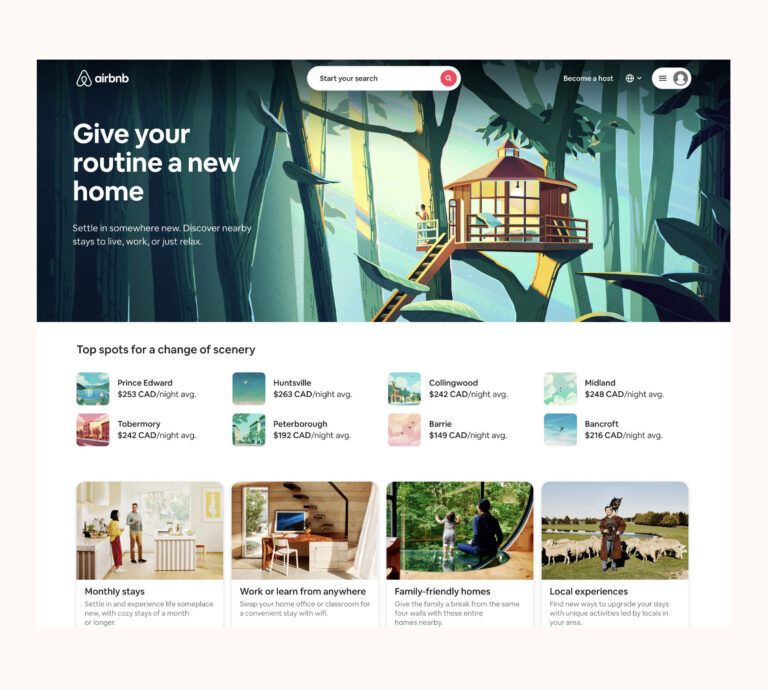
Audience
- Sentiment: Concerns and Call to Action
- Political Group: Environmentalists
- Age Group: Young Adults to Middle-Aged Adults
- Gender: All Genders
Overview
- National parks are facing a staffing crisis with a significant drop in personnel despite an increase in visitors.
- This inadequacy affects visitor safety, educational programs, and environmental conservation efforts.
- Advocacy for increased funding and community engagement is suggested to address the crisis.
National Parks Face Staffing Crisis Amid Government Layoffs
Picture yourself standing at the edge of the Grand Canyon, the vast expanse of orange and red rock stretching endlessly before you. You can hear the soft rustle of leaves in the wind and the distant call of a bird. It’s a moment that makes you feel both small and connected to something much larger than yourself. Now, imagine that you arrive at a park like this only to find that there aren’t enough park rangers to guide you, educate you about the fascinating ecology around you, or even help keep you safe. Unfortunately, this scenario is becoming all too real for national parks across the United States.
According to recent reports, the National Park Service (NPS) is facing a serious staffing crisis. While it’s true that visits to our beloved national parks have soared to over 325 million in 2023—a whopping 16% increase since 2010—this surge in popularity has not been matched by an increase in staff. In fact, over this same period, the NPS has seen a 13% drop in personnel. Many of those who were let go during the Trump administration were mostly newer employees, particularly those still in their probationary period.
Let’s dive deeper into what this actually means for our national parks and why it matters.
The Growing Popularity of National Parks
First off, it’s important to understand why so many people are flocking to national parks. After a couple of years of the COVID-19 pandemic, where social distancing was a must and people were confined to their homes, many turned to nature for refuge. Parks offered fresh air, beautiful scenery, and a safe space to reconnect with family and friends. It seems that the great outdoors now has an even greater appeal.
With access to technology, people can easily plan trips to explore these natural wonders, share their experiences on social media, and potentially inspire others to do the same. The breathtaking views of locations like Yellowstone, Yosemite, and Zion are just a few clicks away, leading more individuals and families to seek out these attractions. Ironically, this increase in interest is colliding with a crisis in staffing.
Cutbacks and Layoffs
So, what caused this significant staffing drop? Well, let’s start with budget constraints. National parks are funded by the government, and as budgets struggle to keep up with rising costs, staffing has suffered. Essentially, it’s like trying to manage a growing pizza shop with fewer employees while every customer still wants a slice.
Layoffs happened in recent years, severely impacting the NPS’s ability to serve visitors adequately. These cuts have left many parks short-staffed during peak seasons when they most need personnel. With fewer rangers, the responsibilities for maintaining and protecting these natural treasures become overwhelming.
But it’s not just numbers on a payroll; it’s human stories and dedication. Park rangers dedicate their lives to providing education, ensuring visitor safety, leading hikes, and serving as stewards of the land. With many new hires laid off, parks are losing potential future leaders who could bring fresh ideas and energy to the workforce.
Impacts on Park Operations
As more visitors flock to these national gems, the need for staff grows. Picture yourself visiting the majestic Grand Teton National Park during summer; you may encounter fewer rangers and guides than ever before. This not only affects the educational programs and guided tours that enhance the visitor experience but also puts more pressure on the few staff members who remain.
Experts warn that the ongoing staffing shortage could have dire consequences. It can lead to waste, loss of valuable knowledge, and a decrease in visitor safety. With fewer rangers monitoring and maintaining the parks, we also face increased human impacts on the environment. Imagine stepping off the beaten path only to find beautiful wildflowers trampling underfoot because there weren’t enough staff to manage where visitors could walk.
Additionally, a decrease in education programs means that fewer people, especially younger visitors, may leave the park with a deeper appreciation for nature. When attendees understand the importance of conservation, they are more likely to become protective stewards of the land in the future.
The Future of America’s Treasures
This staffing crisis has raised concerns not just among park officials but also among environmentalists, historians, and those who cherish these pieces of land for their beauty, history, and cultural significance. Each national park is not only a stunning display of nature but a repository of history and culture. They tell stories of America’s past, showcasing how our landscape has evolved over the centuries. Will we ignore these stories because there aren’t enough staff to share and safeguard them?
When essential services like maintenance, education, and visitor outreach falter, the overall experience of visiting these parks degrades. Imagine heading to a national park hoping to learn about its unique ecosystem, only to find that there isn’t anyone to provide that knowledge. Or what if there’s an emergency—like someone getting lost on a hiking trail—with fewer rangers available to assist? The safety and enjoyment of every visitor rely on a well-staffed and organized management system.
What Can Be Done?
So, what can be done to tackle this staffing crisis? Many suggest that increasing funding for the NPS is a crucial step. Advocating for national parks may involve writing to your legislators, spreading awareness on social media, or even organizing community events.
Another idea is that parks and communities can create more partnerships. Engaging local volunteers or collaborating with schools for internships can inject new energy into park operations, allowing people to connect with nature while helping the parks in essential ways.
A Personal Connection
As someone who enjoys exploring the outdoors, I can relate to the worry about natural spaces becoming less accessible or enjoyable due to a lack of support. Growing up, my family frequently took camping trips to national parks where we hiked, learned about nature, and spent time together. The idea of younger generations potentially missing out on these experiences terrifies me. I believe that every child deserves the chance to fall in love with nature, just like I did.
What do you think? How important do you find national parks in your life, and what changes would you suggest to ensure they thrive for generations to come? Let’s get the conversation going in the comments below!






